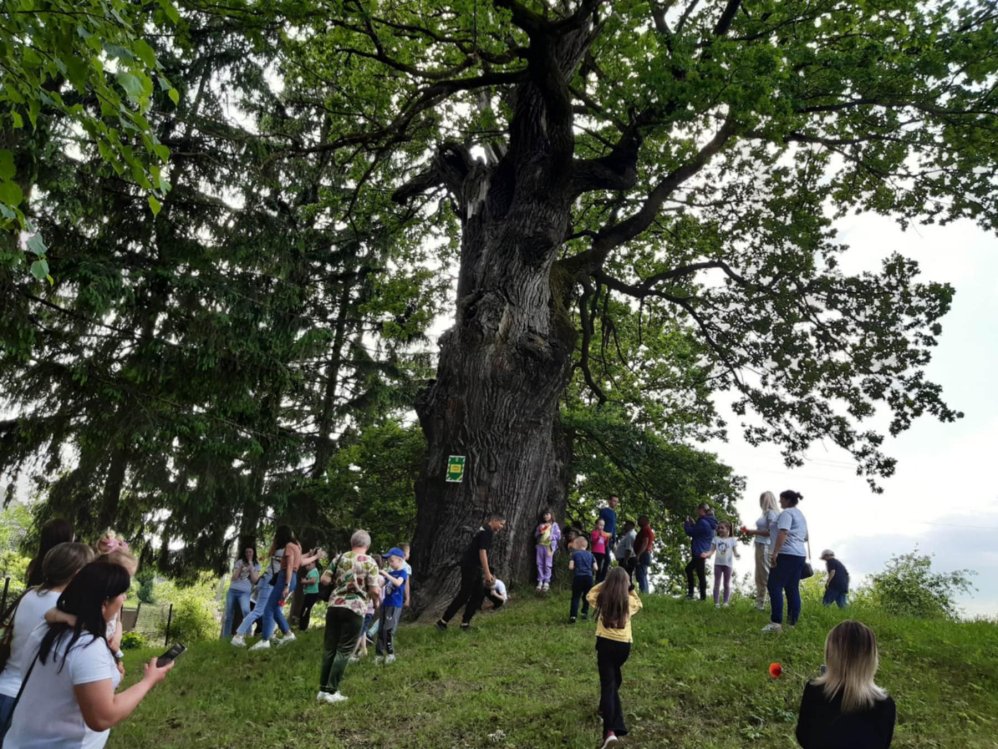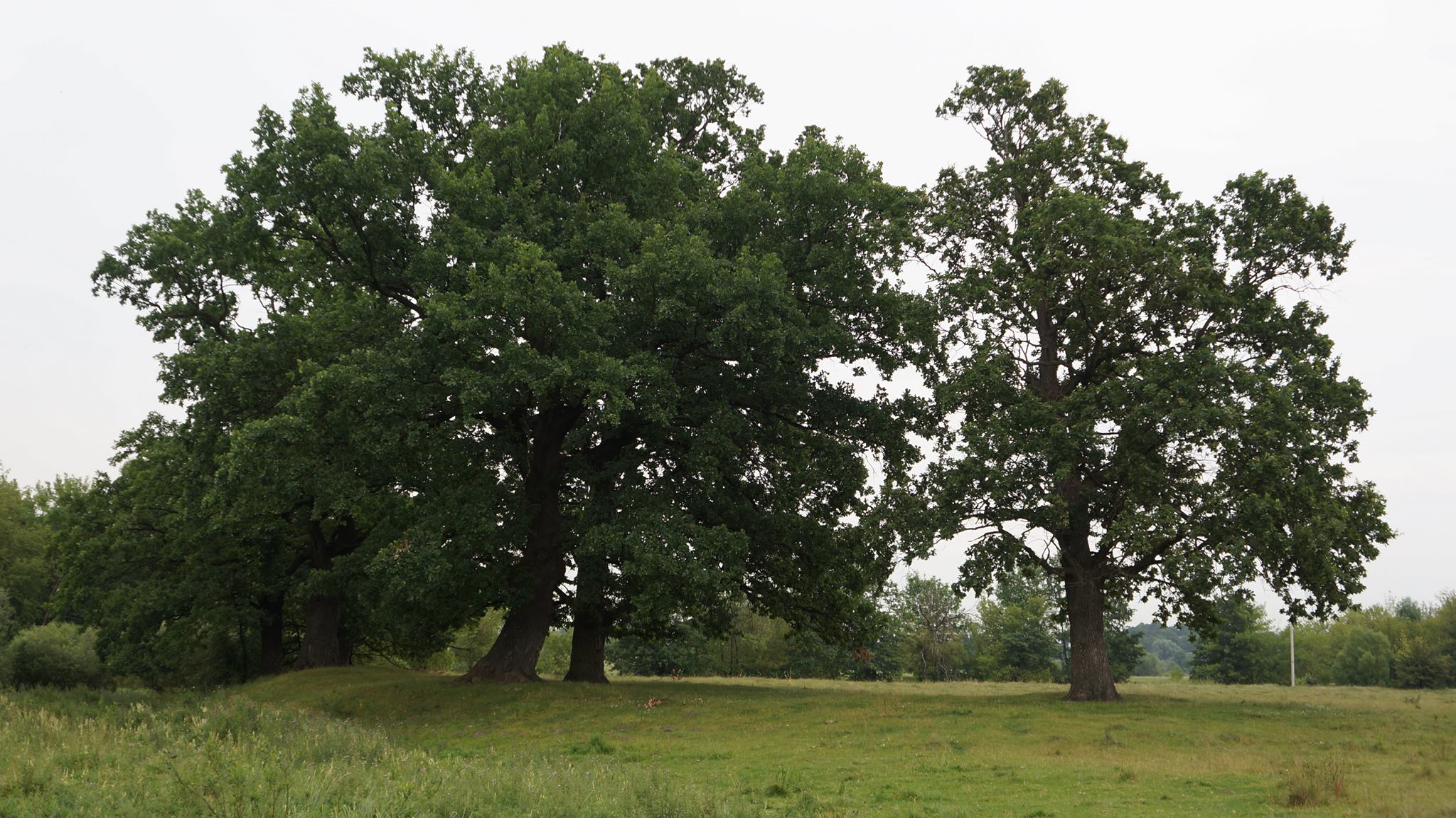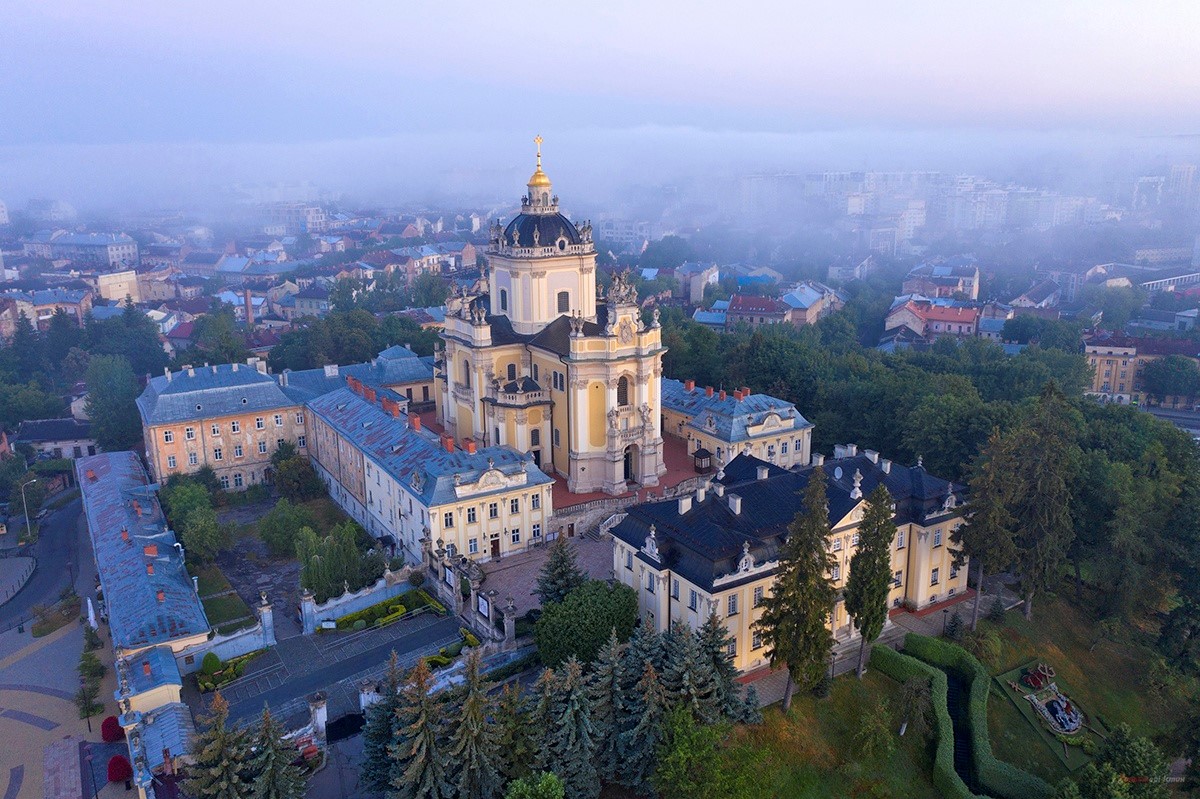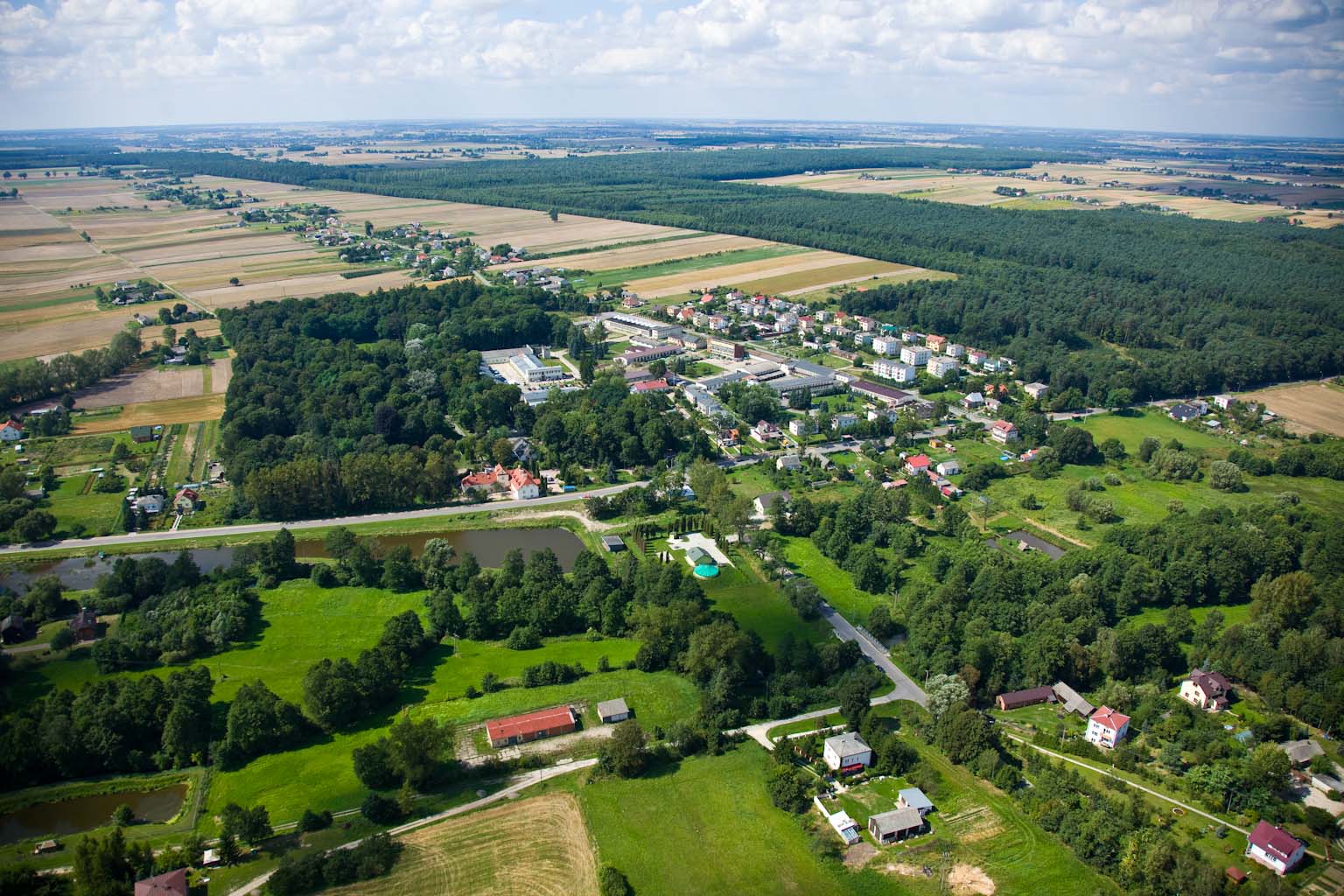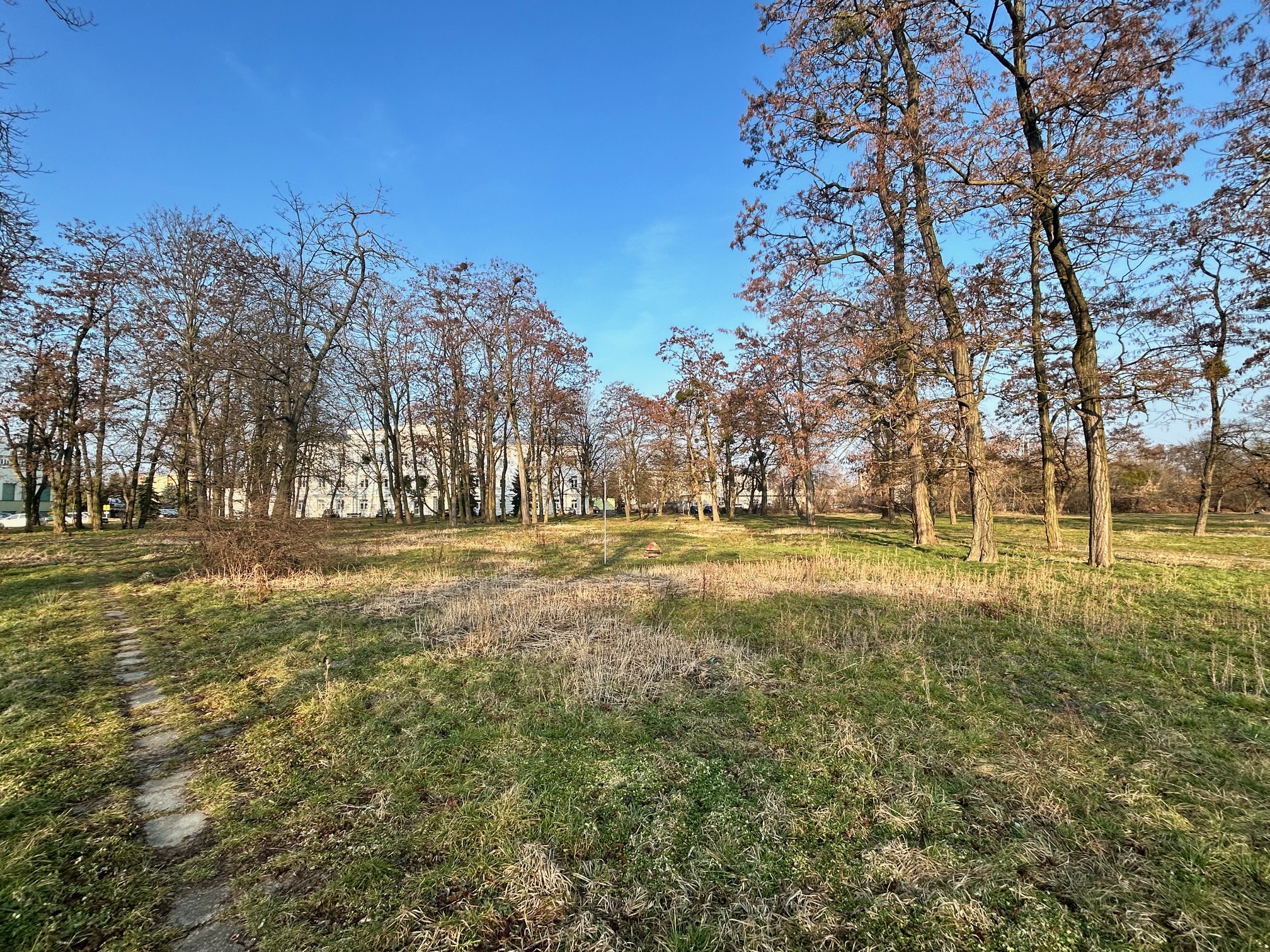Would you like to meet living eyewitnesses of events that happened thousands of years ago? Those who remember our distant ancestors, who saw the birth of our cities, witnessed historical battles, and survived fires and epidemics?
These witnesses still live among us – some even in our neighbourhood. However, they often remain silent; only a specialist can interpret their stories. Who are we talking about? These are ancient trees, which you can still encounter in our forests and parks.
Scientists classify ancient trees as old specimens that have reached an impressive age and size and deserve protection for scientific, aesthetic, historical, and environmental reasons. For instance, some Great Basin bristlecone pine (Pinus longaeva) are old enough to remember the construction of the Egyptian pyramids! Our local species can also reach impressive ages: mountain pine can live up to 1,500 years, while oaks (both pedunculate and sessile) may live for up to 1,000 years. Other species, including Scots pine, Norway spruce, silver fir, small-leaved and broad-leaved linden, and common ash, can live for 500 to 800 years. Such trees are rare in typical forests. Most have survived in nature reserves and protected areas, near churches and chapels, in monasteries, educational institutions, former noble estates, and historical parks.
Two modern scientific fields – dendrochronology and dendroclimatology – study the information hidden in the annual rings of trees. Analyzing tree rings helps determine a tree’s age and reconstruct past climatic conditions, such as periods of drought, cold, or favourable growth. It also provides insights into ecological events, helps date archaeological finds, and allows researchers to trace the history of forest ecosystems.
All ancient trees, without exception, require care. Old trees may weaken during storms, be damaged by parasites or pests, and suffer from disease.
Preserving such trees is one of the key objectives of the BIODIVERSITY project, which is being implemented in the Lublin Voivodeship (Poland) and Lviv Oblast (Ukraine). As part of this initiative, the first scientific Centre for the Protection of Ancient Trees in Ukraine will be established at the Saint Yura’s Archcathedral in Lviv. This centre will aim to save valuable ancient trees and preserve them for future generations. The project partners plan to purchase state-of-the-art equipment for diagnosing tree conditions, including a 3D tree tomograph, computerised tools for inventorying individual trees and plantings, and an aerial lift truck for tree maintenance and removal of mistletoe, as well as dry and damaged branches. Additionally, surveys and diagnostics of remarkable old trees will be conducted, with measures taken to designate them as new botanical nature monuments in the Lviv Oblast and secure their protection.
As part of the project, several other initiatives aimed at preserving biodiversity are also planned. These involve developing maintenance and protection plans for old trees in historic parks, including areas in the Strzyżewice commune (Piotrowice) and Lviv (Metropolitan Gardens Park), around the Public Provincial Specialist Hospital in Chełm, and the Zymna Voda commune where a botanical reserve will be established. Equipment will be provided for maintaining these parks, and environmental education campaigns for children and adults, as well as ecological contests for children, will be organised.
Thanks to the efforts of the partners, it will be possible to preserve valuable old-growth trees, improve the green infrastructure of cities, and raise public awareness about critical environmental issues.
Learn more about the BIODIVERSITY project here.
